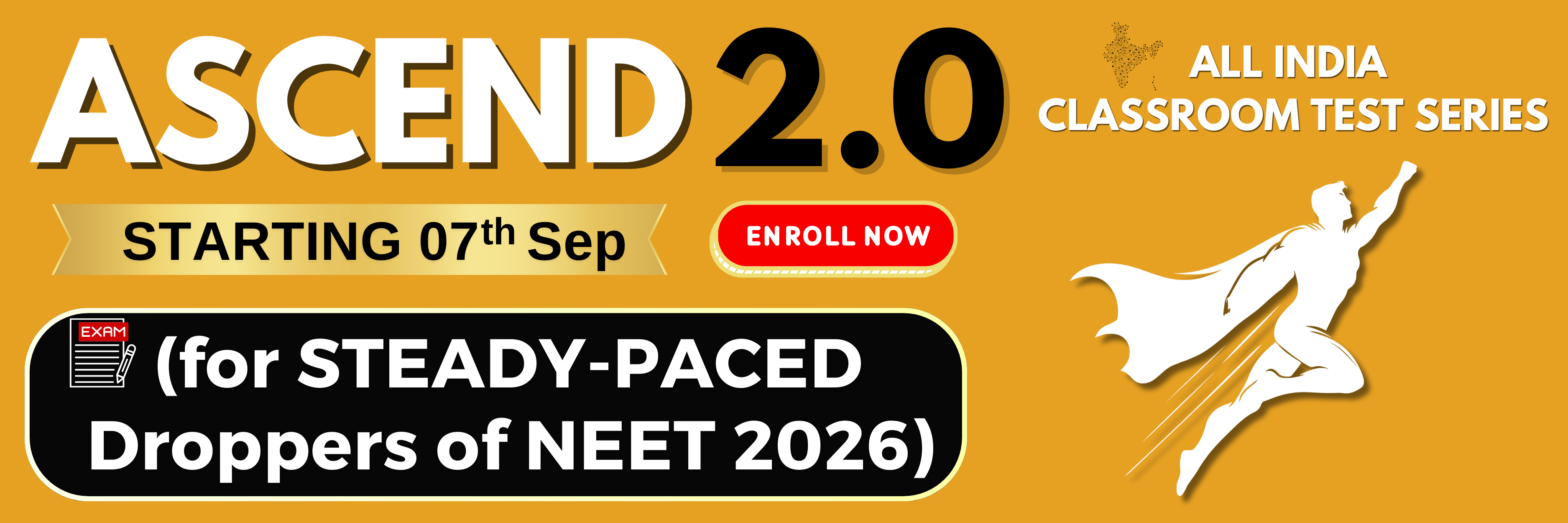The unit of van der Waals' constant 'b' is :
1. cm3 mol-1
2. litre mol-1
3. m3 mol-1
4. All of these
The mean free path () of a gas sample is given by:
1.
2.
3.
4. none of these
The unit of van der Waals' constant 'a' is:
1. atm litre2 mol-2
2. dyne cm4 mol-2
3. newton m4 mol-2
4. All of the above
The ratio a/b (the terms used in van der Waals' equation) has the unit-
1. atm litre mol-1
2. atm dm3 mol-1
3. dyne cm mol-1
4. All of the above
Joule-Thomson coefficient ()H for an ideal gas is:
1. zero
2. +ve
3. -ve
4. none of these
The maximum deviation from ideal gas behaviour takes place -
1. At high temperature and low pressure.
2. At low temperature and high pressure.
3. At high temperature and high pressure.
4. At low temperature and low pressure.
At relatively high pressure, van der Waals' equation reduces to-
1. PV = RT
2. PV = RT + a/v
3. PV = RT + Pb
4. PV = RT - a/V2
At STP, 0.50-mole H2 gas and 1.0 mole He gas
1. have equal average kinetic energies
2. have equal molecular speeds
3. occupy equal volumes
4. have equal effusion rates
Which is lighter than dry air?
1. Moist air
2. SO2
3. Cl2
4. O2
All the three states H2O, i.e., the triple point for H2O the equilibrium,
Ice WaterVapour exist at:
1. 3.85 mm and 0.0981 C
2. 4.58 mm and 0.0098 C
3. 760 mm and 0C
4. none of the above






